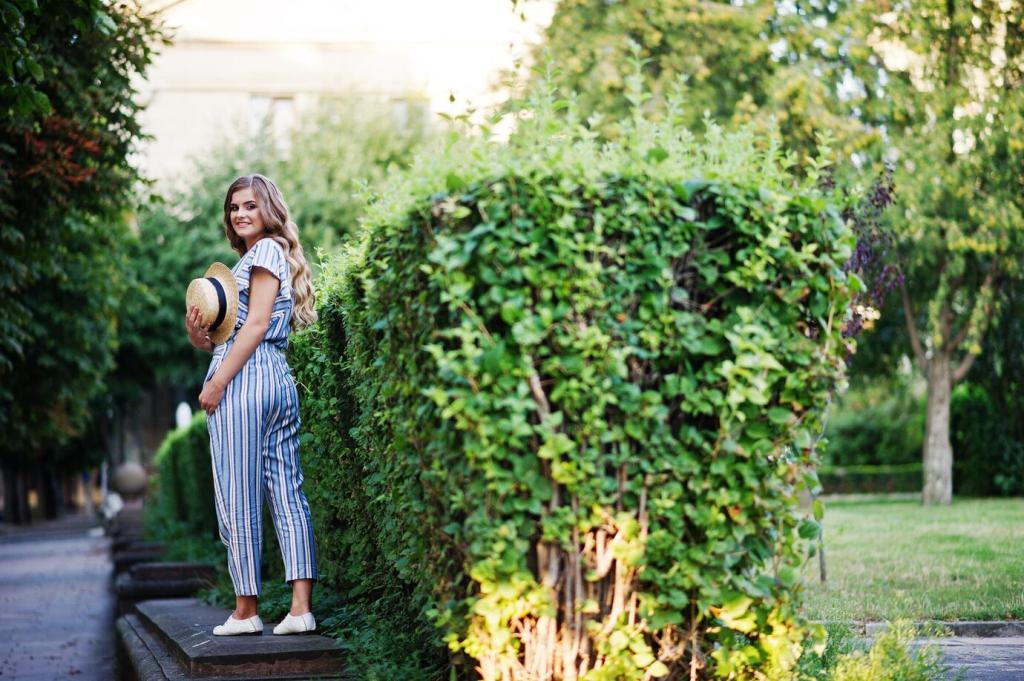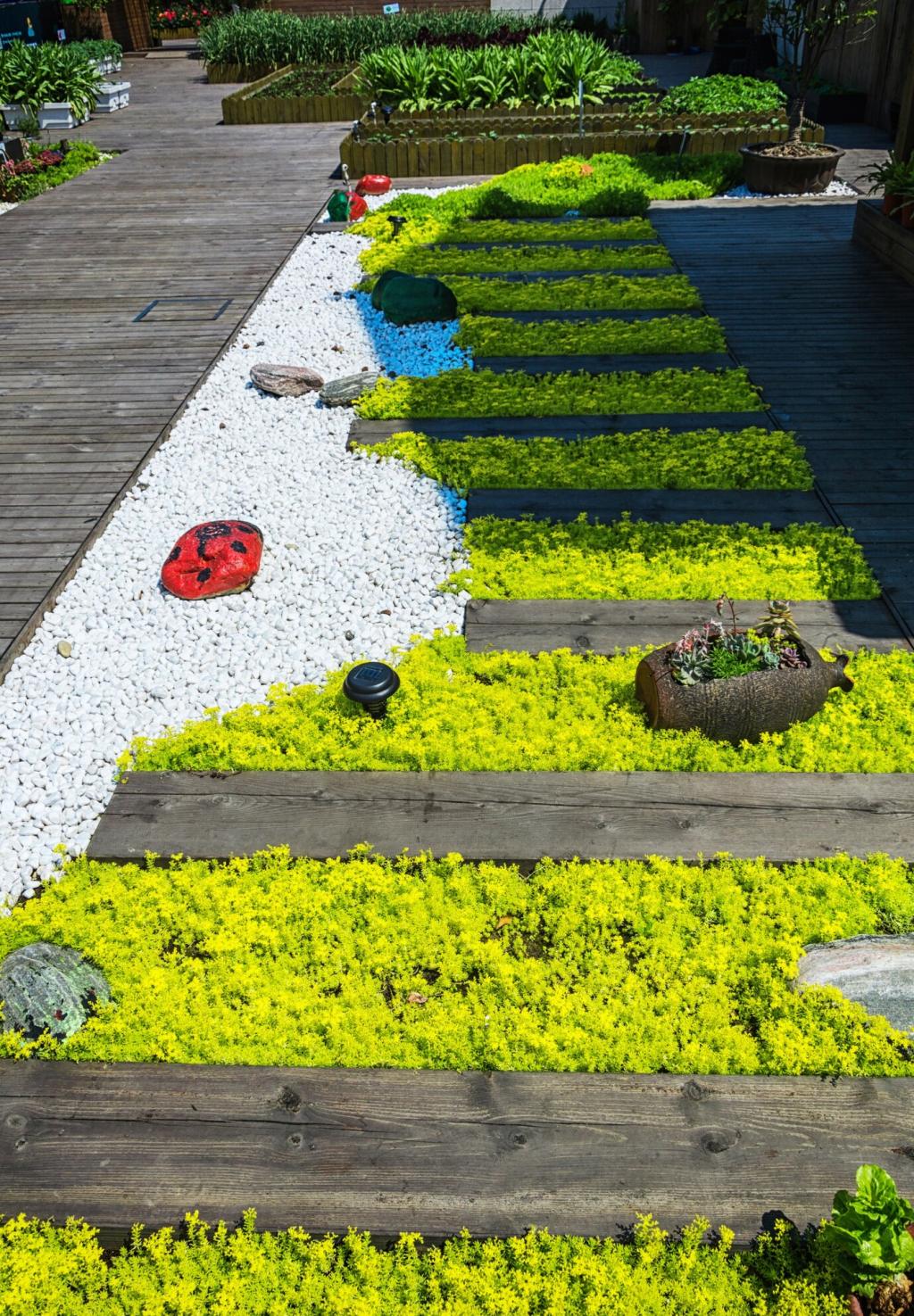Permaculture Principles in Landscape Architecture
Chosen theme: Permaculture Principles in Landscape Architecture. Step into a living design approach where ethics, ecology, and beauty co-create resilient places. Explore practical stories, thoughtful frameworks, and inspiring ideas you can adapt today—then subscribe to stay rooted in fresh, seasonal guidance.
Ethics and Design Foundations
These ethics guide site layout, plant choices, maintenance routines, and community engagement. In practice, they ask us to reduce waste, share surpluses, and design landscapes that regenerate soils, water cycles, and human wellbeing together.
Reading the Landscape: Zones and Sectors
Place herbs, salad beds, and compost where you pass daily, while woodlots and wildlife habitat belong farther out. Share your draft zone map in the comments, and we’ll offer tips for aligning chores with thoughtful pathways.
Reading the Landscape: Zones and Sectors
Sketch arrows for winter winds, summer sun, stormwater, and street noise. One windy hillside garden added a mixed native windbreak, transforming a stressful microclimate into a calm, productive terrace with thriving perennial vegetables.

Water First: Harvest, Slow, Spread, Sink
A gently sloped swale can intercept roof runoff and feed a lush guild of shrubs, herbs, and flowers. When we installed our first swale, neighbors asked about the curves—then cheered as the first rain filled it like a quiet stream.
Sheet mulch suppresses weeds, compost feeds microbes, and diverse roots add structure. Test soil annually and celebrate small gains. A community garden improved organic matter by two percent in three years, transforming dusty beds into spongy life.

Urban Permaculture and Community Spaces
Small Yards, Big Yields
Use vertical trellises, espaliered fruit, and container guilds near doors. A tiny patio once hosted a dwarf peach, thyme, strawberries, and lettuce under a rain chain—delivering weekly salads and morning joy all season long.

Beauty with Purpose: Materials and Habitat
Regenerative Materials Palette
Favor reclaimed brick, local stone, FSC wood, and permeable surfaces. Low-toxicity finishes and lime plasters breathe with structures. Post photos of your materials board, and we’ll share tips for sourcing affordably and responsibly.
Aesthetics that Serve Ecology
Pergolas cool facades, rain chains play music during storms, and hedgerows soften boundaries. Beauty signals care, encouraging neighbors to join in. Design focal points that also harvest water, feed pollinators, and frame cherished views.
Welcoming Wildlife, Respectfully
Nest boxes, brush piles, and seasonal blooms can support birds and beneficial insects. Balance access with boundaries to protect crops. Track first sightings each spring and share your notes to build a neighborhood biodiversity calendar.

Seasonal Rhythms and Tasks
Create simple checklists for pruning, mulching, compost turning, and drip maintenance. Pair chores with pleasures—tea in the garden after each task. Download our template and tell us which rhythms fit your lifestyle best.

Monitoring What Matters
Track soil organic matter, infiltration rates, pollinator counts, and harvest weight. One courtyard reduced irrigation forty percent after swales and mulch. Post your metrics, and we’ll feature a monthly roundup of community successes.

Sharing Knowledge and Growing Together
Host skill swaps, seed exchanges, and design walks. Subscribe for seasonal prompts, then reply with your photos and questions. Your stories help others learn—and together we scale permaculture principles from backyards to entire neighborhoods.
